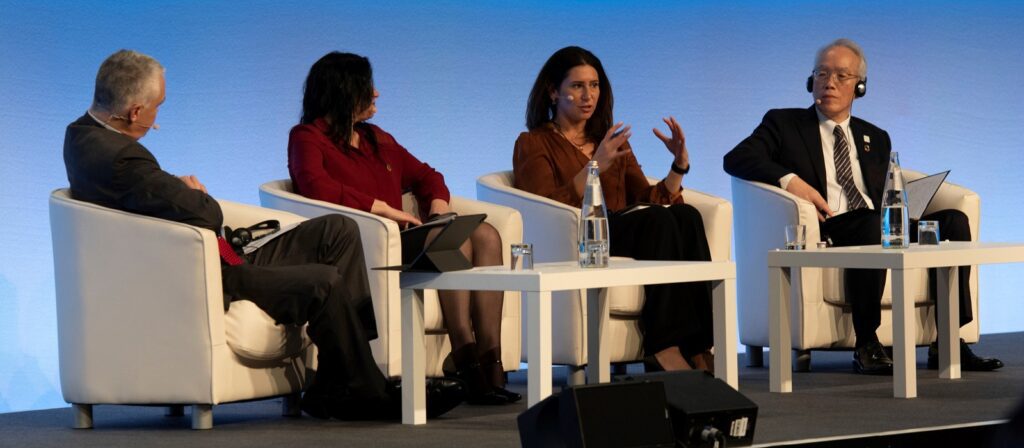As sustainability becomes an increasingly vital topic, the conversation highlights the need for quantifiable impact, especially in the insurance industry. There has been a pivotal shift: moving from gauging activities to measuring their actual impact. In recent years, there has been a noticeable surge in sustainability-related activities. However, this increase does not necessarily translate to effective impact. The emphasis was on discerning genuine progress from talk – separating those who “walk their talk” from those who don’t.
The insurance sector has a unique position in influencing sustainability. The focus should be on areas where the most significant influence can be exerted. Rather than attempting to tackle every challenge, it’s about identifying and acting on key areas that align with one’s purpose.
The UN SDGs pose a formidable challenge. The key lies in taking calculated, impactful steps rather than being overwhelmed by the enormity of the task.
The ICMIF-calibrated Insurance SDG Calculator, now tested and ready, allows for a more quantifiable approach to sustainability. It accounts for both quantitative and qualitative indicators, recognising that some aspects, like resilience and prevention, are crucial even if not yet quantifiable.
The newly introduced ICMIF Insurance SDG Benchmark presents a pioneering step in measuring collective progress towards the SDGs. This benchmark allows companies to assess their performance in relation to their peers, fostering a competitive yet collaborative environment for improvement.
Strategy, commitment, and purpose are paramount in achieving high performance in sustainability. Companies need to integrate sustainability into their underwriting and operations genuinely.
However, challenges remain, particularly in areas like carbon emissions, supporting the circular economy, and protecting land and water ecosystems. These areas require focused efforts and innovative approaches.





